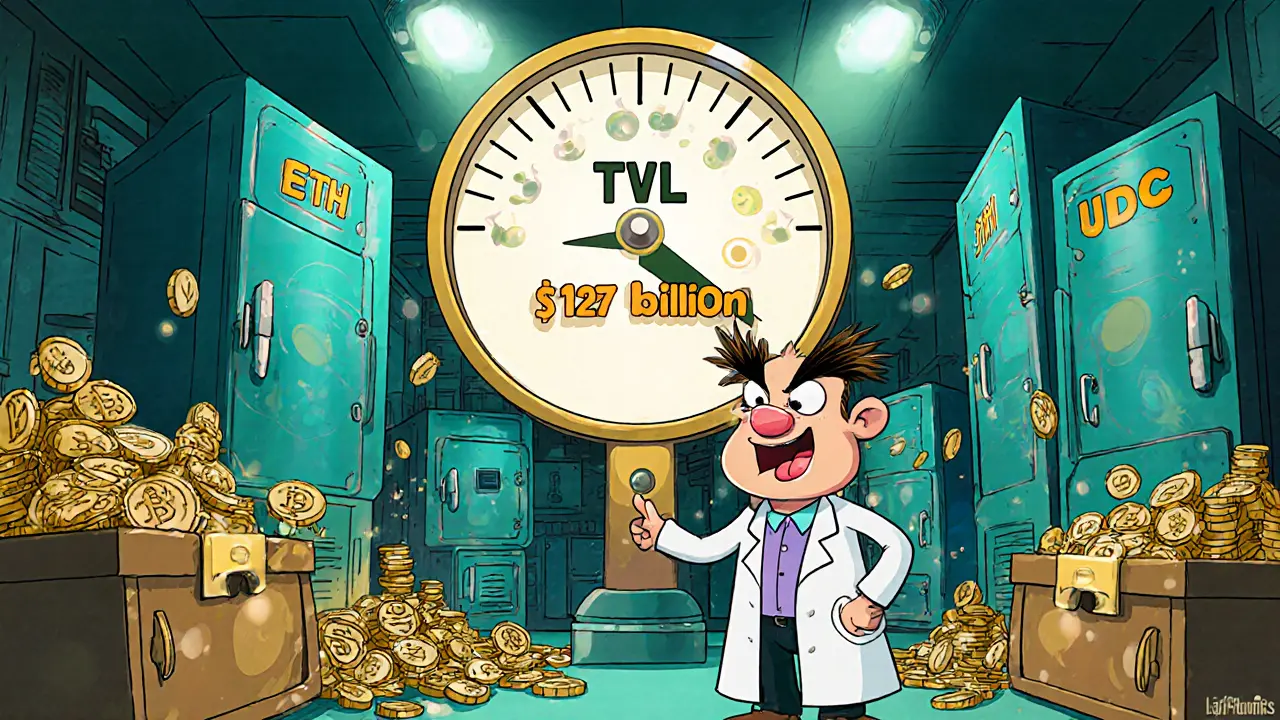DeFi Investment: What You Need to Know
When working with DeFi investment, the practice of allocating capital into decentralized finance protocols that run on blockchain networks. Also known as Decentralized Finance investing, it lets anyone earn yields, trade assets, or borrow without traditional banks. A core pillar of this space is Token-based governance, a system where holders of a protocol’s token vote on upgrades and parameter changes. This voting layer decides fee structures, reward rates, and even security patches, meaning your capital is tied to how well the community decides. In short, DeFi investment intertwines your portfolio with on‑chain decision‑making, so mastering governance basics is as important as picking the right token.
Core Pillars of DeFi Investing
Another piece of the puzzle is Fast finality, the guarantee that a transaction is irreversible within seconds after being added to a block. Protocols that prioritize speed—like certain Layer‑1s or roll‑ups—often trade a bit of security for quicker user experiences. Understanding this speed‑security trade‑off helps you assess risk: a fast‑finality chain may boost trading throughput but could be more vulnerable to attacks. Complementing that, the rise of Multi‑VM blockchain, platforms that support multiple virtual machines such as MoveVM, EVM, and SVM under one roof—exemplified by projects like Mango Network—provides developers and investors with flexibility to run diverse smart contracts without hopping between ecosystems. This flexibility widens the pool of available assets, which in turn enriches governance proposals and the variety of yield strategies you can tap into. Together, fast finality and multi‑VM support shape the technical foundation on which DeFi investment decisions are built.
Beyond the protocol layer, real‑world considerations like crypto tax enforcement, government regulations that require reporting of crypto gains and may impose penalties for non‑compliance can make or break a strategy. For example, India’s 30 % flat tax and 1 % TDS on crypto transactions mean that every profit you earn must be accounted for, or you risk hefty fines. Knowing the tax landscape lets you factor after‑tax returns into your calculations, aligning your DeFi investment goals with legal obligations. By combining governance awareness, technical performance, and regulatory insight, you create a holistic view that improves decision‑making. Below you’ll find a curated set of articles that dive deeper into each of these topics, offering practical tips, real‑world examples, and step‑by‑step guides to help you sharpen your DeFi investment strategy.

